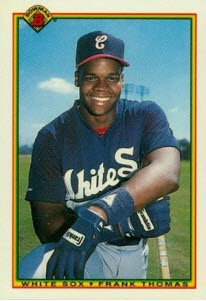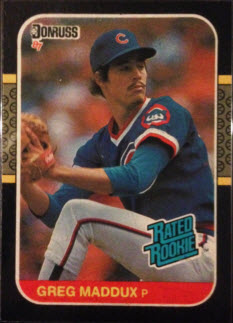Leaders and Decision-Making

The most important and possibly the most difficult task a leader has to do may be decision-making. The proverbial buck does stop with the leader and more often than not, he or she will be judged by the decisions he/she makes.
 I’d like to share three thoughts with you to consider when making decisions. See if you think these concepts have merit.
I’d like to share three thoughts with you to consider when making decisions. See if you think these concepts have merit.
For its 75th anniversary Fortune Magazine dedicated the entire edition to one concept – decision-making. They interviewed leaders from the business, military, education, and political worlds on their philosophies of decision-making. Because I was the Athletic Chair serving 350 student-athletes and 35 coaches at the time, I was most interested in learning more about this topic. After reading every article in the magazine, I thought the most insightful comment came from Jim Collins, the author of “From Good to Great.” He said the best decisions made in business board rooms in the past 25 years, regardless of the business, began with the same three words from the leaders – “I don’t know.” As I thought about this, I realized that the strongest and most secure leaders I worked with were those not afraid to say, “I don’t know.”
Cardinal Newman once wrote about faith stating, “A thousand doubts don’t make one disbelief.” Decision-making is tough because the most difficult decisions do involve doubt. That is why if your decisions ultimately come from your core beliefs, you do eliminate some of the doubt. The great leaders I worked with always operated from their core beliefs and they did one more thing to attack doubt. They got as much feedback as possible from their constituency, then made the final decision.
When Rose Kennedy was asked how she dealt with all the tragedies she experienced in her lifetime, she gave this answer. “When the storm is over, the birds do sing.” The most trying decisions a leader has to make are usually made during a storm. It may have merit for leaders to remind themselves during the throes of making a decision that tough times do come to an end.
Realizing that you don’t have all the answers, that you make your decisions based on your core beliefs, and that the birds do sing after the storm may help you in your decision-making.













